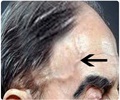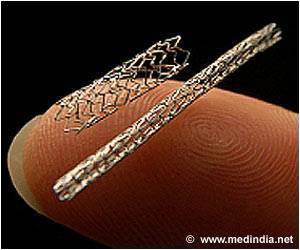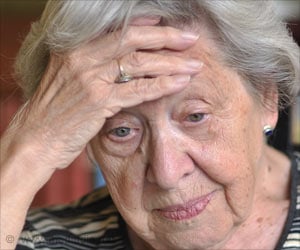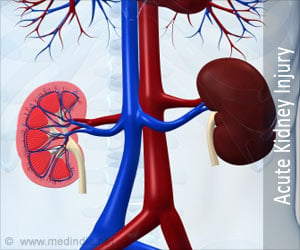Coronary artery disease (CAD) is one of the leading cause of death for both men and women across the world. Current techniques are burdensome, costly, and expose patients to adverse health risks. Researchers have developed a new method to ease the strenuous procedure.

TOP INSIGHT
Ultra-modern imaging technique can assess patients with the coronary disease without the supplication of drugs or contrast dye and within a short span of 15-minute exam protocol.
Read More..
"Current stress cardiac imaging requires administration of gadolinium contrast agent," said corresponding author Reza Nezafat, Ph.D., scientific director of the Cardiovascular Magnetic Resonance Center at BIDMC and a Professor of Medicine at Harvard Medical School. "However, recent data have shown that gadolinium deposits in the brain and other organs. We aimed to develop a non-invasive imaging technique that eliminates the need for any contrast administration to measure changes in the blood flow in the myocardium."
To do that, researchers in the Cardiovascular Magnetic Resonance (MR) Center at BIDMC developed a technique that measures changes in the magnetic property of tissue without gadolinium contrast agent as they performed exercise stress tests.
First, healthy subjects underwent a series of baseline imaging scans. Next, lying on their backs at the opening of an MRI machine, the healthy adults pedaled an exercise bicycle to increase their heart rate. Within 30 seconds of pedaling, participants underwent an MRI scan that measured changes in tissue properties of the myocardium to quantify changes in the blood flow in the myocardium.
Next, the researchers tested participants with known or suspected coronary artery disease with a similar imaging protocol. Taken together, images from the two groups revealed that magnetic properties of myocardium change differently in areas impacted by coronary atherosclerosis than in normal areas and that these differences can be quantified using this technique.
Source-Eurekalert
 MEDINDIA
MEDINDIA
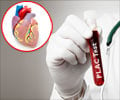
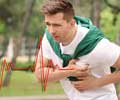
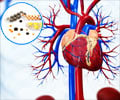
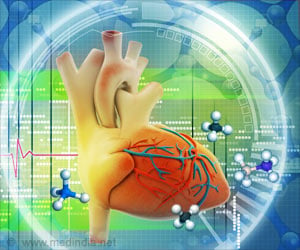
 Email
Email
